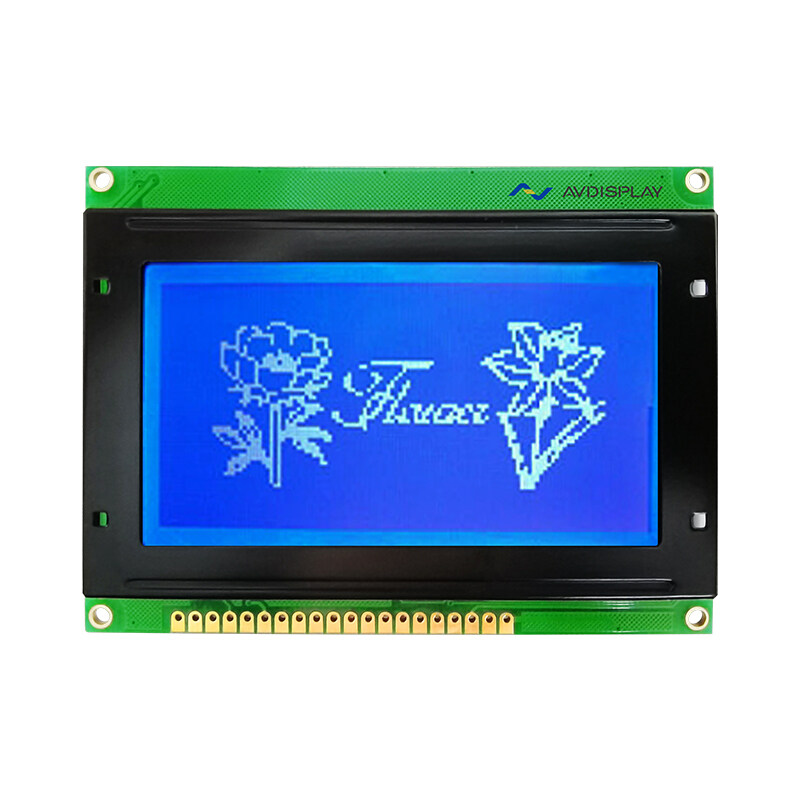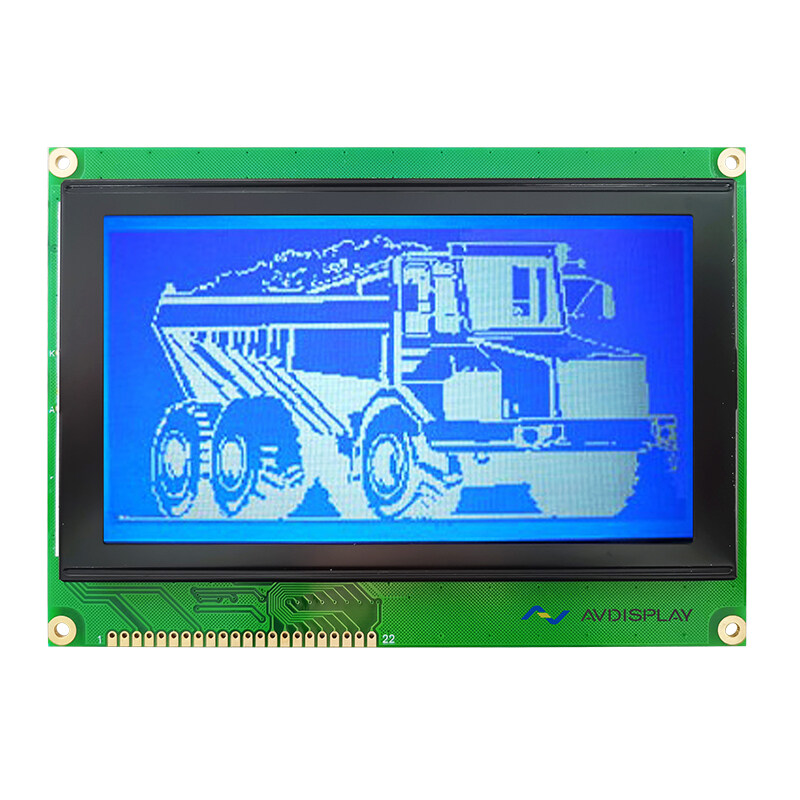Email format error
Email cannot be empty
Email already exists
6-20 characters(letters plus numbers only)
The password is inconsistent
Email format error
Email cannot be empty
Email does not exist
6-20 characters(letters plus numbers only)
The password is inconsistent


In the intricate dance of electronic components, one small yet powerful player has taken center stage—the Chip on Board (COB). Imagine a world where technology is so seamlessly integrated that its complexity becomes invisible to the naked eye. This is the world of COB technology, where chips are directly mounted onto circuit boards, creating a symphony of efficiency and performance. Let's demystify this miniature marvel and explore how it's reshaping our technological landscape.
Understanding COB Technology
What Is Chip on Board (COB)?
At the core of COB technology lies a simple yet ingenious concept: placing a bare semiconductor chip directly onto a substrate or printed circuit board (PCB). This eliminates the need for a separate package, streamlining the manufacturing process and enhancing the performance of electronic devices.
The Benefits of COB
Miniaturization and Efficiency
One of the most compelling advantages of Chip on Board (COB) technology is its ability to reduce the size of electronic components. This miniaturization is a boon for industries where space is at a premium, such as in wearable technology and mobile devices.
Enhanced Thermal Performance
The direct contact between the chip and the PCB in COB technology allows for better heat dissipation. This improved thermal management is crucial for high-power devices, ensuring their longevity and reliability.
Cost-Effectiveness
By eliminating the need for individual chip packaging, COB technology can significantly reduce production costs. This cost savings can be passed on to consumers, making high-performance technology more accessible.
Applications of COB Technology
From LED Lighting to Advanced Electronics
COB technology is not just limited to the microelectronics industry. Its applications span across various fields, including LED lighting, where it has become the standard for high-quality illumination solutions.
The Future of Automotive Electronics
In the automotive sector, COB technology is paving the way for more sophisticated electronic systems. From infotainment systems to advanced driver-assistance systems (ADAS), COB is enhancing vehicle performance and safety.
Medical and Industrial Applications
In medical equipment and industrial control systems, the reliability and compactness of COB technology are invaluable. It allows for the development of more precise and durable devices that can withstand the rigors of professional use.
The Evolution of COB Technology
Advancements in Manufacturing Techniques
The evolution of COB technology is closely tied to advancements in manufacturing techniques. With the advent of more sophisticated machinery and materials, COB components are becoming more reliable and versatile.
Integration with Emerging Technologies
As we venture into the realm of the Internet of Things (IoT), artificial intelligence (AI), and 5G, COB technology is expected to play a pivotal role. Its ability to support complex and high-speed operations makes it an ideal candidate for these cutting-edge applications.
Sustainability and the Environmental Impact
With a growing focus on sustainability, the COB industry is also looking at ways to minimize its environmental footprint. This includes the development of more eco-friendly materials and manufacturing processes.
Conclusion: The COB Connection to a Connected World
The Chip on Board (COB) technology is more than a manufacturing process; it's a key that unlocks a world of possibilities in the realm of electronics. As we continue to innovate and push the boundaries of what's possible, COB technology stands as a testament to human ingenuity and our relentless pursuit of progress. The future is bright, and COB is at the heart of it, connecting us to a world that is smarter, faster, and more efficient.